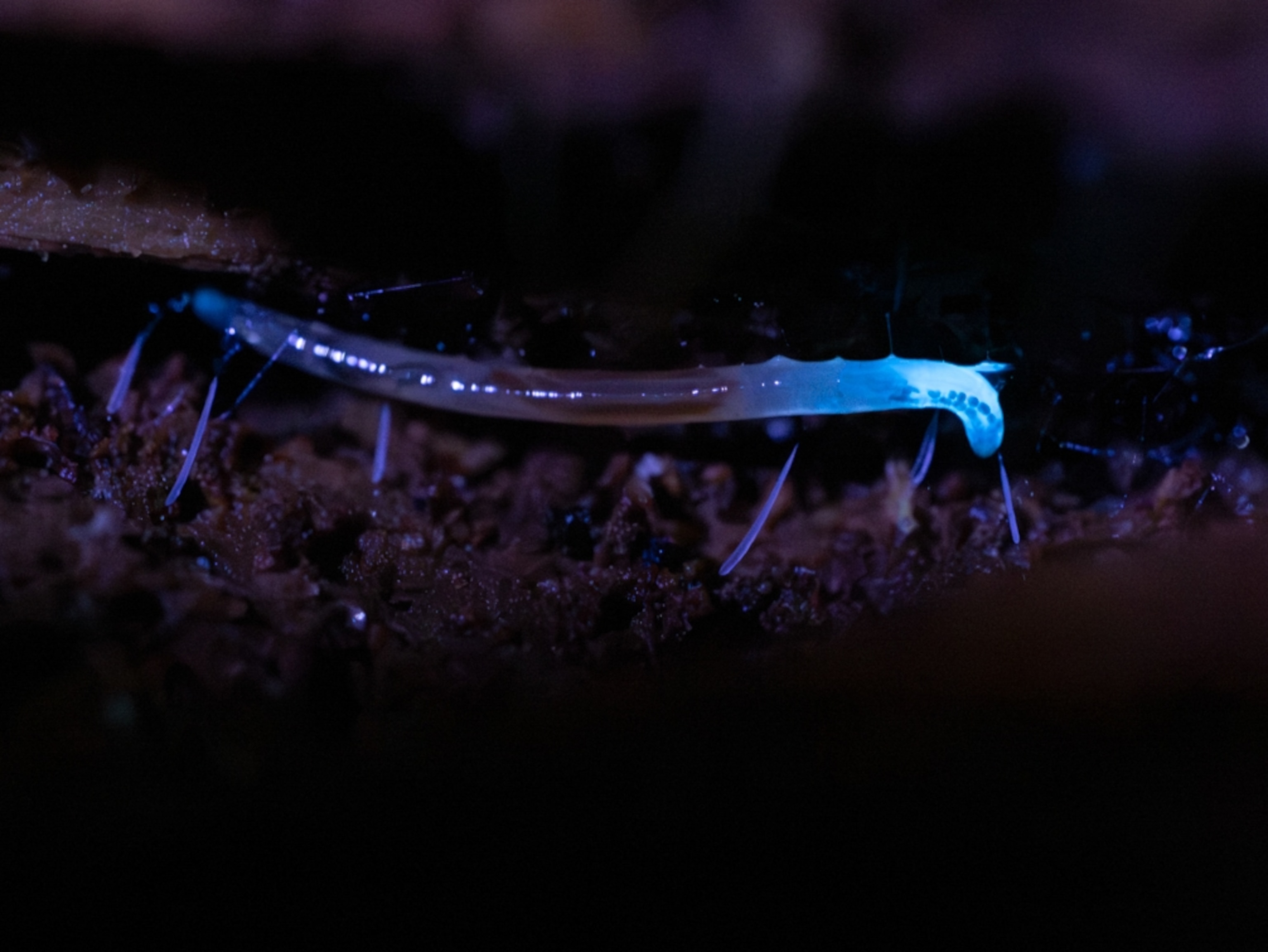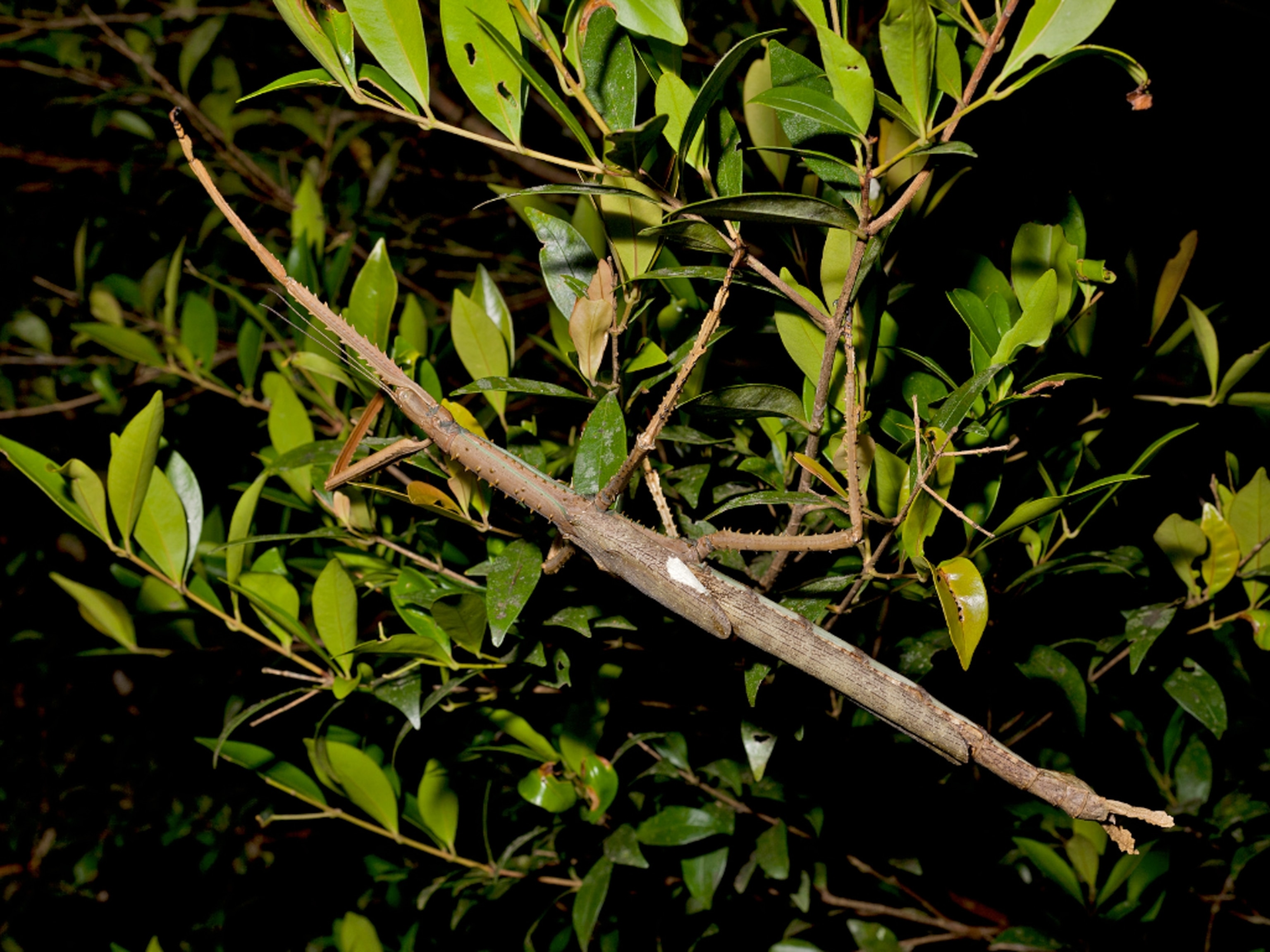
Insects Use Gears in Hind Legs to Jump
Young planthoppers use gear wheels to coordinate their legs when jumping.
A garden variety bug found in backyards around the world has been hiding a surprising secret in plain sight, a set of natural gears essential to its prodigious jumping ability.
Young planthopper insects (Issus coleoptratus) can jump about three feet (a meter) in a single bound. They employ gear wheels—complete with teeth that interlock with grooves—to coordinate their hind legs during high-speed jumps.
Their two hind legs move within 30 microseconds of each other during a launch, compared with the two- to three-millisecond delay between the two hind legs of grasshoppers. The young planthoppers, called nymphs, eject themselves into the air at about ten feet (three meters) per second. (Related: "How Do Fleas Jump? New Video Solves Mystery.")
Without the gear wheels on their hind legs to tightly coordinate their movements, these nymphs could find themselves spinning through the air if one of their hind limbs moved before the other.
(This Insect Has Gears in Its Legs)
"I'm not aware of any example of gear wheels interacting with each other in the way that we describe in [our study]," said Malcolm Burrows, a University of Cambridge researcher who studies how animals move.
Nature provides examples of gear-like structures on other animals, such as the cogwheel or spiny turtle (Heosemys spinosa), but those "gears" are ornamental, said Burrows, co-author of the study published September 12 in the journal Science.
Crocodilians have a cogwheel valve in their hearts to regulate blood flow. But gears that ratchet together to synchronize movement in an animal is a new one.
Although the insect's gear wheels are similar in shape to manufactured gears, the natural structures are asymmetrical.
"In these animals, the really important time for the gears to engage and transmit [power] is before the jump," Burrows said. So the shape of the gear teeth is skewed, allowing them to rotate in only one direction.
Not for Adults
Adult planthoppers don't have these structures, explained Burrows. When the nymphs molt into their adult bodies, they lose the gear wheels. Instead, the adults use a frictional strategy, where the parts of their hind legs closest to the body rub against each other to ensure synchronized movement.
Burrows isn't sure why the adults don't also use gear wheels when jumping. He speculates that it might be due to the fact that in nymphs, which molt about five to six times before becoming adults, lost gear teeth can be replaced with the next molt.
Since adult planthoppers don't molt, they wouldn't be able to replace damaged parts. "If you break your gear wheel a day after you molt, you'll have to live with a broken gear wheel for the rest of your life," Burrows explained.
And that life would probably be pretty short, he said, since the insect wouldn't be able to effectively jump away from predators. (Related: "Why Do Poisonous Caterpillars Jump?")
Although these gears are found only in young planthoppers at the moment, it wouldn't surprise Sheila Patek, a researcher at Duke University in North Carolina who also studies animal movement, if there were other creatures out there with similar structures.
"What surprised me is that [Burrows] found it in a particular stage of development, and it goes away in adult stages," said Patek, who was not involved in the study. "It's definitely a wonderful discovery.”
Garden-Variety Subjects
Burrows didn’t expect to find such a unique mechanism in the young planthoppers. Initially, he was interested in them simply because he wanted to figure out how they jumped so well. The researcher teamed up with engineer Greg Sutton—then at the University of Cambridge—to try and unlock the planthopper's secrets.
Searches through his own garden for research subjects turned up empty for this champion jumper. So Burrows decided to enlist the help of his five-year-old grandson in 2010 by showing the youngster pictures of the planthopper he was looking for.
"He phoned a couple of days later, very excited, saying he had found them in his yard," said Burrows. Turns out even the youngest researchers can contribute something exciting to science.




